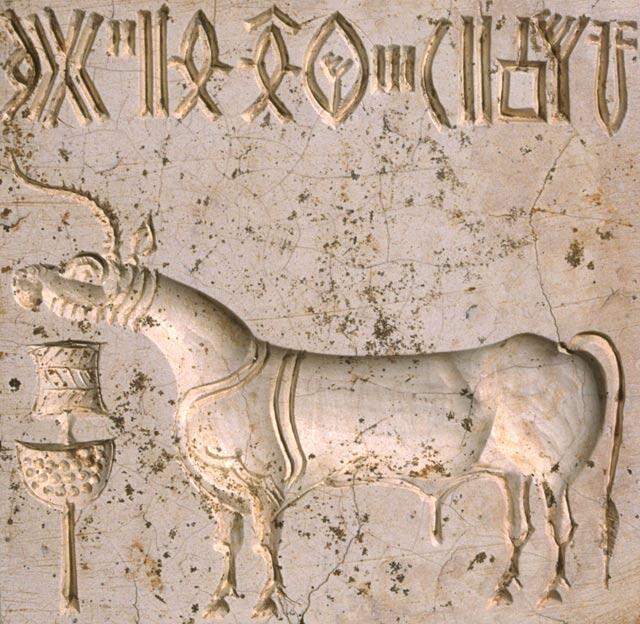One of the largest unicorn seals, found at Harappa in 1999.
A recent essay on the structural design of signs in the Indus script by experts at the Tata Institute of Fundamental Research.
Abstract
The Indus script is an undeciphered script of the ancient world. In spite of numerous attempts over several decades, the script has defied universally acceptable decipherment. In a recent series of papers (Yadav et al. 2010; Rao et al. 2009a, b; Yadav et al. 2008a, b) we have analysed the sequences of Indus signs which demonstrate presence of a rich syntax and logic in its structure. Here we focus on the structural design of individual signs of the Indus script. Our study is based on the sign list given in the concordance of Mahadevan (1977) which consists of 417 distinct signs. We analyse the structure of all signs in the sign list of Indus script and visually identify three types of design elements of Indus signs namely basic signs, provisional basic signs and modifiers. These elements combine in a variety of ways to generate the entire set of Indus signs. By comparing the environment of compound signs with all possible sequences of constituent basic signs, we show that sign compounding (ligaturing) and sign modification seem to change the meaning or add value to basic signs rather than save writing space. The study aims to provide an understanding of the general makeup and mechanics of design of Indus signs.
First published in Scripta, Volume 3, June 2011

